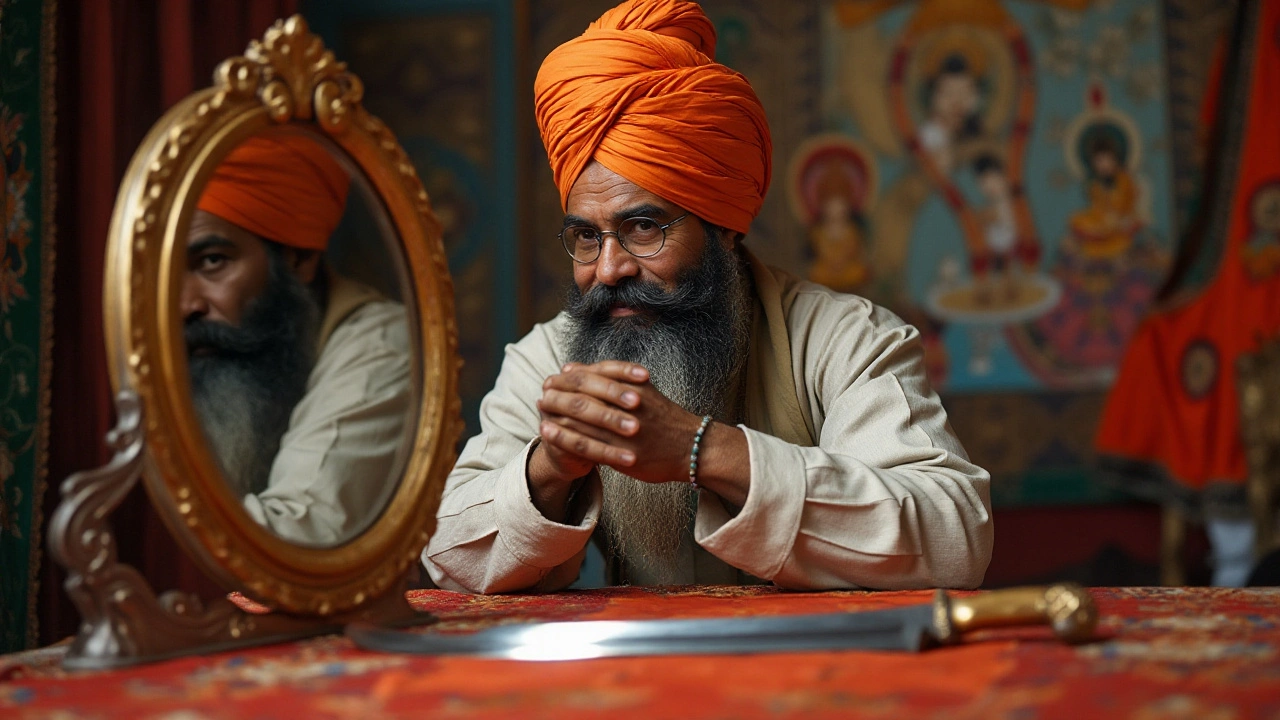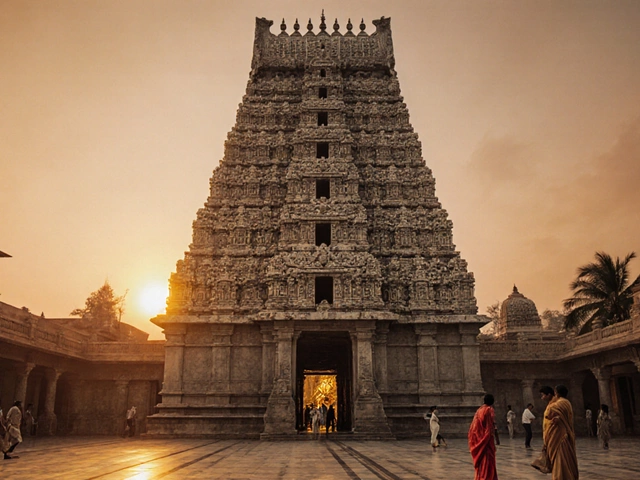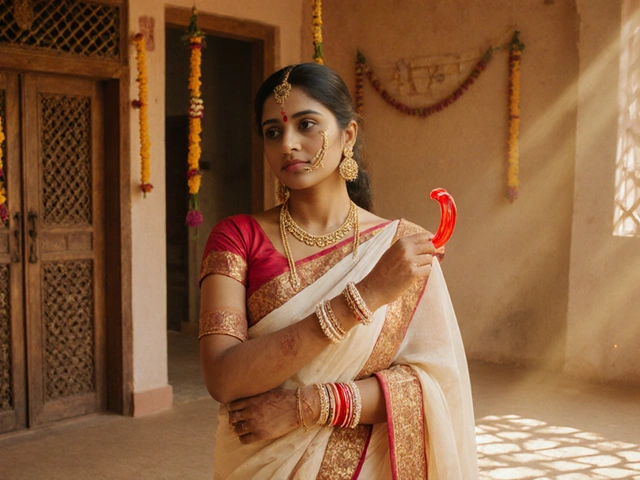Religious Symbols in Indian Jewellery – Meaning, History & Style
When exploring religious symbols, visual motifs that convey spiritual beliefs and cultural stories, often found in Indian jewellery. Also known as sacred motifs, they link everyday wear to tradition and personal faith, religious symbols act as a bridge between personal identity and community rituals. They appear on everything from daily bangles to elaborate wedding sets, turning a simple accessory into a storytelling piece. This connection is why you’ll see them pop up across our collection of articles below.
Temple Jewellery and Its Sacred Roots
One of the most recognizable forms is temple jewellery, ornate gold or silver pieces inspired by Hindu temple carvings, often featuring deities and mandalas. Also called mandir adornments, this style requires skilled artisans who study ancient iconography to reproduce each detail faithfully. Temple jewellery encompasses motifs like the lotus, Ganesha, and the Om symbol, embedding spiritual protection into everyday wear. It also influences modern designs, with designers borrowing gilded patterns for sleek contemporary pieces.
Another spiritual line is chakra jewellery, accessories that align with the body’s seven energy centers using colored gemstones. Also known as energy jewelry, it requires specific stones—amethyst for the crown, lapis for the throat, etc.—to activate each chakra. Chakra jewellery influences personal well‑being practices and often pairs with meditation routines. By wearing a chakra necklace, many believe they balance inner energy while showcasing a vibrant look.
Moving from inner energy to marital bonds, the mangalsutra, a sacred necklace given by the groom, symbolizing marriage and protection also goes by the alternate name tala. This piece requires a blend of gold, black beads, and sometimes diamonds, each element carrying specific meaning—gold for prosperity, black for warding off evil. Mangalsutra influences wedding customs across India and remains a daily reminder of the marital vow. Its design often inspires other bridal jewelry, linking the ceremony to everyday style.
The thali, a decorative waist or neck band used in South Indian weddings, symbolizing the goddess’s blessing—also referred to as mangal sutra in the South—shares a similar purpose. While mangalsutra focuses on the neck, thali emphasizes the waist area, creating a complementary pair of symbols. Both require gold craftsmanship and often feature intricate temple motifs, tying them back to temple jewellery’s heritage.
Even simple bangles carry deep symbolism. bangle symbolism, the cultural meanings behind the number, color, and material of bangles worn by Indian women is a field of its own. Also known as bangle meanings, it shows how a set of red glass bangles can signal a pregnant woman’s joy, while a stack of gold bangles may denote marital status. Understanding these cues helps you read the social language of accessories and choose pieces that match your story.
Other related symbols include the kamarband, traditional waist chains that blend health beliefs with decorative flair—sometimes called waist chain. Kamarband requires a fine balance of metal weight and ornamental design, often echoing temple patterns. Likewise, the choora, a set of red and white bangles worn by brides during Punjabi weddings—also known as bride bangles—marks a different regional ritual but shares the same idea of visual devotion.
Every piece of religious jewelry also interacts with color choices. Gold pieces, for instance, clash with certain shades—bright blues or neon greens—while complementing earth tones and deep reds. Knowing which colors enhance gold helps you keep the spiritual vibe strong without visual conflict. This practical tip often appears in our articles on gold styling and color coordination.
All these symbols—temple jewellery, chakra pieces, mangalsutra, thali, bangle meanings, kamarband, choora, and color pairing—form a network that turns ordinary fashion into a living tradition. Below you’ll find a curated selection of guides that dive deeper into each, offering historical context, how‑to wear advice, and modern twists. Whether you’re planning a wedding look, exploring spiritual accessories, or just love the story behind a piece, the articles ahead give you the tools to choose with confidence.

Understanding Kirpan Etiquette: Can Non-Sikhs Carry It?
This article explores the significance of the kirpan in Sikhism and whether it's appropriate for non-Sikhs to carry it. We'll delve into the cultural and religious meanings of the kirpan, examine legal aspects, and provide guidance on respectful practices. By understanding the kirpan's role, readers can appreciate its importance in Sikh identity and consider ways to support religious freedom.
read more





